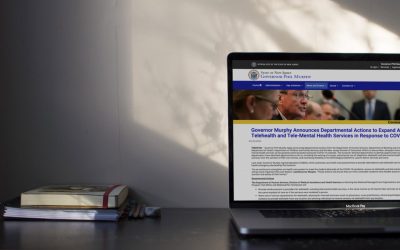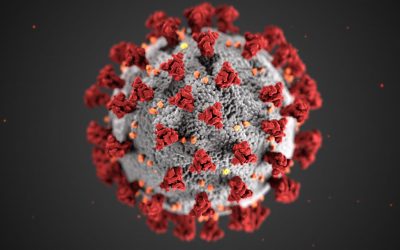HHS Notification of Enforcement Discretion Regarding COVID-19 Community Based Testing sites
On April 9th, HHS announced a new Notification...
Do I Need a HIPAA Business Associate Agreement?
A HIPAA “Business Associate” is a person, other than a member of the workforce, who creates, receives, maintains or transmits PHI in the performance of services or functions for or on behalf of a Covered Entity. Treatment and Payment disclosures do NOT create a HIPAA BA relationship. Conduits are not HIPAA BAs, but the exception is very narrow. Covered Entities should review each HIPAA BA Agreement is needed, or not.
OCR Permits HIPAA BAs to Share COVID19-related PHI Directly for Public Health and Oversight
On April 2nd, HHS announced a new “Notification...
NJ Expands Access to Telehealth & Tele-Mental Health
Last night, the State of New Jersey announced...
HIPAA Relaxed during COVID-19 Pandemic
The events unfolding with respect to COVID-19...
HHS Publishes Ransomware Guidance
HHS Publishes Ransomware Guidance HHS has...
Moving Forward with Meaningful Use Stage 3 and MACRA
Moving Forward with Meaningful Use Stage 3 and...
Terms and Conditions May Apply: Consequences of Email-Provider Email Scanning
Terms and Conditions May Apply: Consequences of...
CMS Releases Guidance on Stage 2 Summary of Care Measure
CMS Releases Guidance on Stage 2 Summary of Care...
Joy Pritts, Special Guest Speaker at Seton Hall Law – HIPAA, HITECH and Our Cyber World
This coming Friday, April 19th, Seton Hall Law...
Meaningful Use Sees Impressive Payouts since Beginning
Meaningful Use Sees Impressive Payouts since...
HHS Releases RFI on Interoperability and HIE
HHS Releases RFI on Interoperability and...
What Do I Need To Do to Comply with the HITECH Omnibus Rule? (the short version, please)
What Do I Need To Do to Comply with the HITECH...
Note to Mr. Donald Trump: According to HHS’ New Omnibus Rule, You Can Have A Copy of That Birth Certificate in About 100 or so Years Because HIPAA Doesn’t Apply
Note to Mr. Donald Trump: According to HHS’ New...
“Significant Risk of Harm” No Longer Required to Trigger Breach Notification
“Significant Risk of Harm” No Longer Required to...
Deciphering the HITECH Omnibus Rule: Business Associates
Deciphering the HITECH Omnibus Rule: Business...
FINALLY! HHS Releases the Final HIPAA/HITECH Omnibus Rule.
FINALLY! HHS Releases the Final HIPAA/HITECH...
ONC Setting Stage for NHIN Governance Guidance
ONC Setting Stage for NHIN Governance...
Kaiser Permanente Faces Investigation Over Inappropriate Storage of Patient Records by Contractor
Kaiser Permanente Faces Investigation Over...
HHS Rings in 2013 with News of Settlement for Small Breach
HHS Rings in 2013 with News of Settlement...
CMS Releases Meaningful Use Changes in Interim Final Rule with Comment
CMS Releases Meaningful Use Changes in Interim...
Subscribe & Survive the onslaught of new healthcare regulations requiring updates to affected compliance programs.
Get access to exclusive subscription-only access to resources, tools, industry analysis and other valuable solutions.












